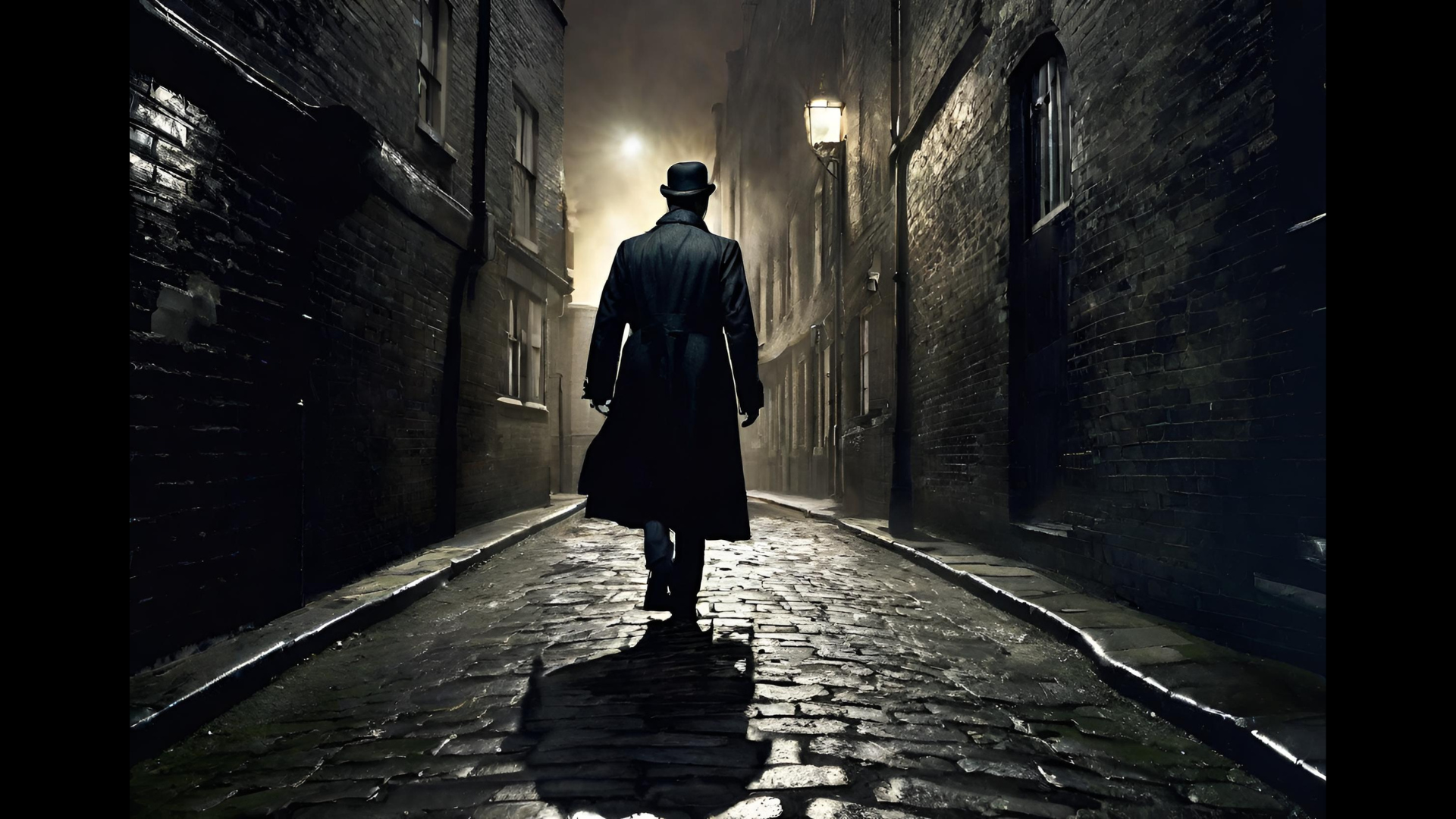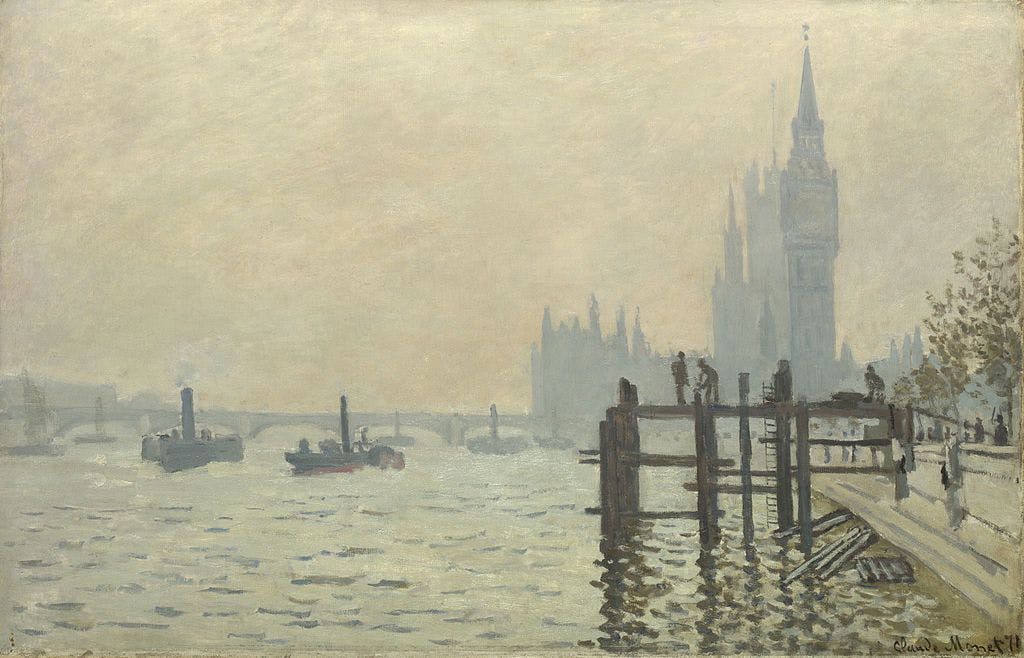London’s story begins with its ancient origins as a Roman settlement known as Londinium. Founded around 43 CE, Londinium quickly flourished as a key trading center and strategic outpost of the Roman Empire. The city witnessed notable events such as the construction of the London Wall in the 2nd century, which enclosed the Roman city and provided defense against external threats. In 61 CE, Londinium faced a devastating rebellion led by Queen Boudicca of the Iceni tribe, resulting in widespread destruction. However, the city was rebuilt, and its Roman influence continued until the decline of the Roman Empire in the 5th century.
Ptolemy
All our content is conceived and written by our editorial team, consisting of students and recent graduates in Cultural Heritage, Ancient and Medieval History, and Arts.
Last updated on April 24, 2024



